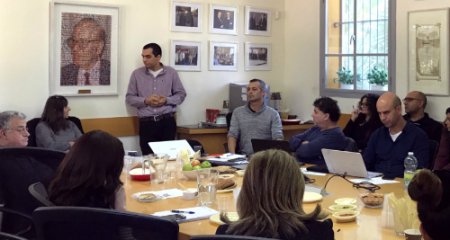The Knowledge Map identifies the factors that promote or prevent mobility of individuals, particularly in the social and geographic periphery. The mapping of these factors was divided into two periods – childhood (birth to 18), when skills and abilities develop, and young adulthood (18-35), when these capabilities are realized.
The map includes a total of 53 variables in the fields of education, welfare, health, employment and more.
For each factor we identified the most critical age and best practices for intervention. In addition, the analysis of the ecosystem elements shows how they interact and ranks them according to the impact each factor has on the others.
We hope that the Knowledge Map will serve civil society organizations and policy makers as a practical tool that supports decision-making and planning of effective investments and interventions. Moreover, we believe that it can help to advance inter-organizational and cross-sector cooperation in the social field.
It is important to note that the map summarizes what we currently know about social mobility factors and how to reinforce them. While using this highly valuable tool in our work, we should continue to examine the impact of additional factors and interventions, and in this way expand our knowledge into areas that have not been mapped yet.
Go to the Knowledge Map website 











